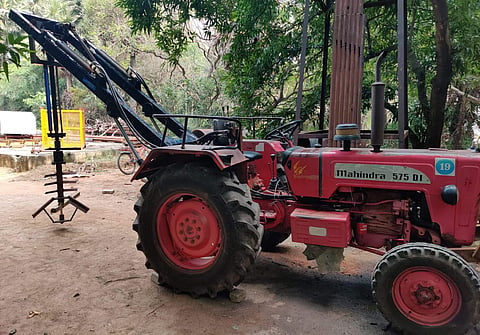

In what can prove to be a major step towards the eradication of manual scavenging, a robot developed by IIT Madras to clean septic tanks is ready for field deployment. The robot, christened 'HomoSEP', will not require human intervention in the cleaning of sewers. Although manual scavenging was outlawed in India in 1993, the Prohibition of Employment as Manual Scavengers Act does not cover the cleaning of septic and sewer tanks. In India, it continues to be a job held by Dalits and other marginalised communities and, in August last year, the Centre said that while no deaths were reported due to manual scavenging, 941 people had died cleaning sewers in the thirty years since the Act was passed.
The robot was developed by a team led by Prof Prabhu Rajagopal, Center for Nondestructive Evaluation, IIT Madras, and Faculty, Department of Mechanical Engineering, IIT Madras, together with IIT Madras-incubated start-up Solinas Integrity Private Limited, said the institute in a statement. It has been in the works for the last several years now. It was first conceived by a Master's student at IIT Madras, Divanshu Kumar, as his final-year project under the guidance of Prof Rajagopal. It was showcased at IIT Madras Carbon Zerp Challenge 2019 and received seed support from IIT Madras’ Socially Relevant Projects.
In all, ten units will be deployed in Tamil Nadu and these will be supervised by sanitation workers who will be trained for the job. Two of these units have been given to self-help groups run by Nagamma and Ruth Mary whose husbands died tragically during sanitation work. The IIT Madras team has also collaborated with the Safai Karamchari Andolan (SKA) for the project.
So how does this robot work? The HomoSEP first consolidates or homogenises the hard sludge in the sewers through a rotatory blade mechanism. It then pumps the liquid slurry in the tank through a suction mechanism. Speaking on the importance of the innovation, Dr Deepthi Sukumar, National Core Team Member of Safai Karamchari Andolan (SKA) said, "This enterprise will focus on changing lives of Safai Karmachari communities with dignified livelihoods, providing mechanised sanitation solutions to stop manual scavenging deaths, and will engage with IIT Madras for their technical expertise and support.”
